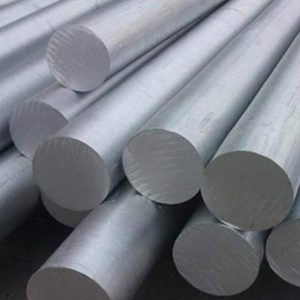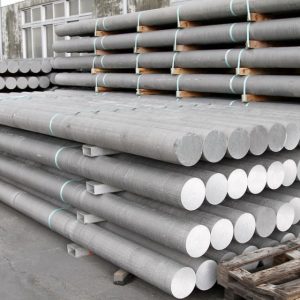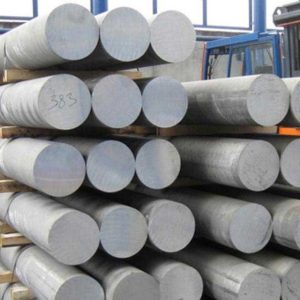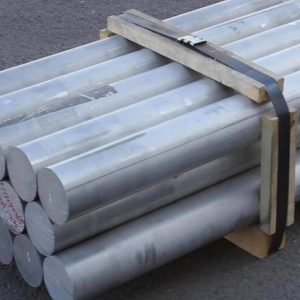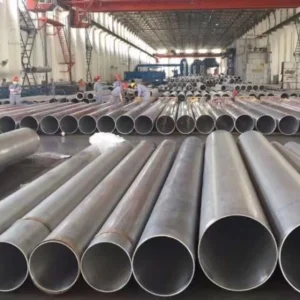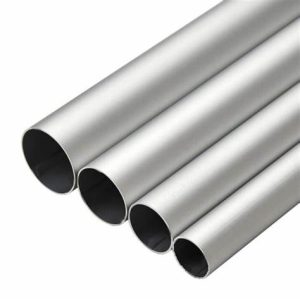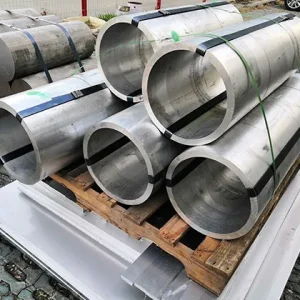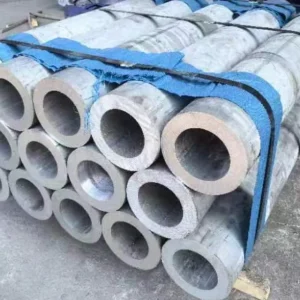1060 aluminum alloy tube is a widely used material for finned tube due to its excellent chemical composition and mechanical properties. It is a pure aluminum alloy, containing a minimum of 99.60% aluminum, and small amounts of other elements, including copper, iron, manganese, silicon, and zinc. It is a soft, ductile, and lightweight material that is easy to fabricate, weld, and form into different shapes.
Chemical Composition and Mechanical Properties
Chemically, 1060 aluminum alloy tube has a density of 2.7 g/cm³ and a melting point of 660°C. It has a nominal composition of 0.25% copper, 0.35% iron, 0.05% manganese, 0.03% silicon, 0.05% zinc, and a maximum of 0.03% aluminum. It also has a good electrical conductivity of 61% IACS and thermal conductivity of 231 W/m-K.
In terms of mechanical properties, 1060 aluminum alloy tube has a tensile strength of 55 MPa, a yield strength of 35 MPa, an elongation of 35%, and a hardness of 65 HB. It is a versatile material that has good corrosion resistance, machinability, and workability.
Features and Applications
1060 aluminum alloy tube for finned tube has several features that make it an ideal choice for many industries. One of its key features is its high thermal conductivity, which makes it an excellent heat exchanger for HVAC systems, refrigeration, and air conditioning units. It can also withstand high temperatures and pressures, making it suitable for use in boilers, heat exchangers, and power generation equipment.
Another advantage of 1060 aluminum alloy tube for finned tube is its good formability and weldability, which allows it to be easily shaped into different sizes and configurations. This makes it ideal for use in automotive, marine, and aerospace applications where weight reduction and strength are crucial.
Conclusion
In conclusion, 1060 aluminum alloy tube for finned tube is a versatile material that has excellent chemical composition and mechanical properties. Its high thermal conductivity, corrosion resistance, and workability make it a popular choice for various industries. With its numerous advantages, it is a reliable and cost-effective solution for many heat transfer applications.
